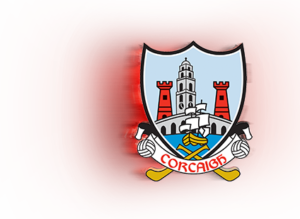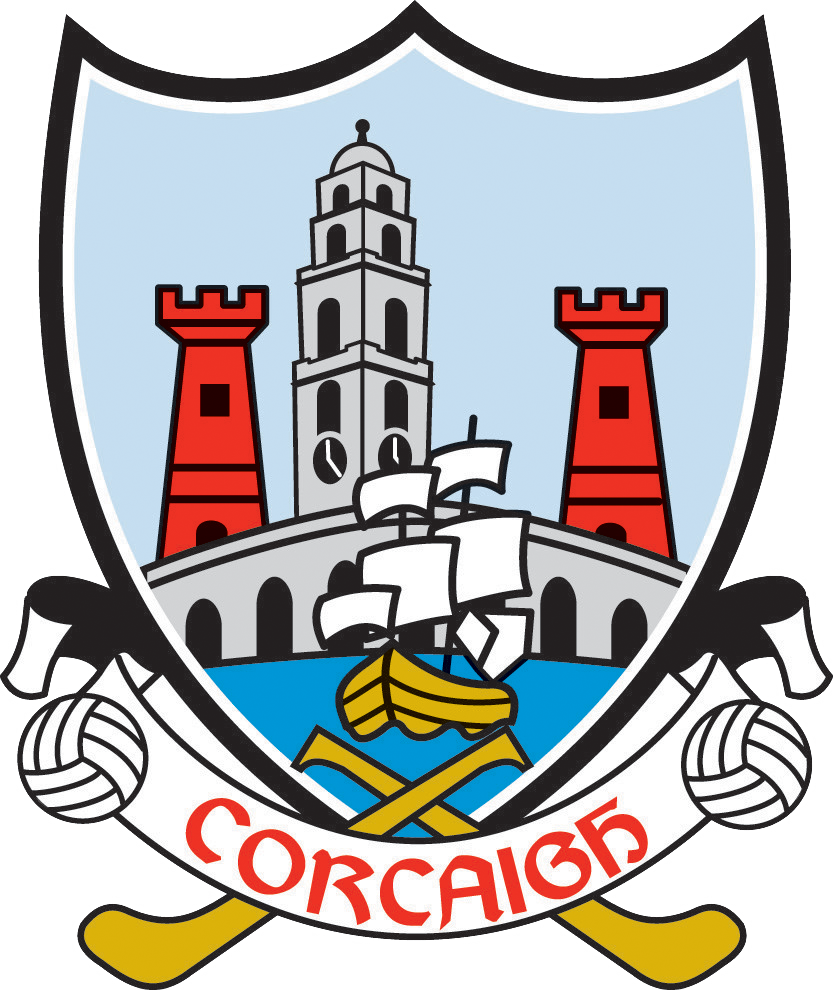The Founding of the GAA
At 3.00 p.m. on Saturday 1st November 1884, a small group of men, at least seven and possibly as many as fourteen , met in the billiard-room of Miss Hayes\’s Commercial Hotel in Thurles, and there founded the Gaelic Athletic Association for the Preservation and Cultivation of National Pastimes.
The seven founder members were Michael Cusack, Maurice Davin (who presided) John Wyse Power, John McKay, J. K. Bracken, Joseph O\’Ryan and Thomas St. George McCarthy. Also admitted later by Cusack to have been present was Frank Moloney of Nenagh, while the following six names were published as having attended by the more detailed press reports of the time: William Foley, – Dwyer, – Culhane, William Delehunty, John Butler and William Cantwell. All these were from Thurles except Foley, who was from Carrick-on-Suir, like Davin.
The foundation meeting of the GAA – if such it was indeed – was the culmination of several feverish months\’ work by Cusack since he had enlisted the support of Davin in August. The activity included a meeting in the Galway town of Loughrea of a group of local athletic enthusiasts, possibly Cusack and certainly Bishop Duggan of Clonfert, who is said to have recommended Archbishop Croke of Cashel as a patron of the proposed body. Cusack also seems to have considered holding the first meeting in Cork, according to a brother of Davin; he had even chosen the title “Munster Athletic Club”. Hurling was fairly widely played around Cork city at the time, with teams such as St. Finbarr’s (or South Gate as they were sometimes known), Blackrock, Ballygarvan, Ballinhassig and Cloghroe in regular opposition in challenge contests.
In October, two prominent nationalist weeklies, “United Ireland” and “Irishman”, carried identical anonymous articles by Cusack, summarising the case for a body like the GAA. In subsequent issues the same month, Davin and Cusack openly supported the project, and finally Cusack sent out a circular for the Thurles meeting. This he had drafted in Dublin with the help of a number of hurling enthusiasts. So small was the attendance in Thurles that it may have been an exploratory or preliminary meeting. If so, the real foundation meeting was held in Cork City in the Victoria Hotel on the 27th December, attended by a group of Cork Home Rule personalities led by the Lord Mayor-elect, Ald. Paul Madden.
Of the five other founder-members in addition to Cusack and Davin, John Wyse Power was a Waterford journalist, then on the “Leinster Leader” staff in Naas, and later on the “Freeman Journal” in Dublin. McKay was a Belfast journalist then on the “Cork Examiner”, who later worked in the House of Commons in London before returning to Cork in the early 1900\’s. Bracken was a Tipperary stonemason, whose son, Viscount Brendan Bracken, was a member of Sir Winston Churchill\’s World War II coalition government. O\’Ryan was a solicitor in Thurles and Callan in Kilkenny. McCarthy, a Kerryman, was a police officer in Templemore.
They agreed to form a Gaelic Association for the preservation and cultivation of our national pastimes. Maurice Davin was elected President, Cusack, Wyse Power and McKay were appointed joint secretaries. They decided to invite Archbishop Croke, Charles Stewart Parnell and Michael Davitt to become patrons and adjourned the meeting to draft the regulations under which the pastimes were to be governed.
A second meeting to help propagate the GAA was held, as previously mentioned, in the Victoria Hotel in Cork on December 27th. This meeting heard letters from Davitt, Parnell and Dr. Croke accepting the invitations to become Patrons. Dr. Croke’s letter has ever since been regarded as the unofficial Charter of the Association.
Dr. Croke’s Letter
To Mr Michael Cusack, Honorary Secretary of the Gaelic Athletic Association. The Palace, Thurles, 18 December 1884.
My dear Sir—I beg to acknowledge the receipt of your communication inviting me to become a patron of the ‘Gaelic Athletic Association’, of which you are, it appears, the honourable secretary, I accede to your request with the utmost pleasure.
One of the most painful, let me assure you, and, at the same time, one of the most frequently recurring reflections that, as an Irishman, I am compelled to make in connection with the present aspect of things in this country, is derived from the ugly and irritating fact that we are daily importing from England not only her manufactured goods, which we cannot help doing, since she has practically strangled our own manufacturing appliances, but, together with her fashions, her accent, her vicious literature, her music, her dances, and her manifold mannerisms, her games also and her pastimes, to the utter discredit of our own grand national sports, and to the sore humiliation, as I believe, of every genuine son and daughter of the old land.
Ball-playing, hurling, football kicking, according to Irish rules, ‘casting’, leaping in various ways, wrestling, handy-grips, top-pegging, leap-frog, rounders, tip-in-the-hat, and all such favourite exercises and amusements amongst men and boys, may now be said to be not only dead and buried, but in several localities to be entirely forgotten and unknown. And what have we got in their stead? We have got such foreign and fantastic field sports as lawn-tennis, polo, croquet, cricket, and the like—very excellent, I believe, and health-giving exercises in their way, still not racy of the soil, but rather alien, on the contrary, to it, as are, indeed, for the most part the men and women who first imported and still continue to patronise them.
And, unfortunately, it is not our national sports alone that are held in dishonour, and dying out, but even our most suggestive national celebrations are being gradually effaced and extinguished, one after another, as well. Who hears now of snap-apple night, or bonfire night? They are all things of the past, too vulgar to be spoken of, except in ridicule, by the degenerate dandies of the day. No doubt, there is something rather pleasing to the eye in the ‘get up’ of a modern young man who, arrayed in light attire, with parti-coloured cap on and racket in hand, is making his way, with or without a companion, to the tennis ground. But, for my part, I should vastly prefer to behold, or think of, the youthful athletes whom I used to see in my early days at fair and pattern, bereft of shoes and coat, and thus prepared to play at hand–ball, to fly over any number of horses, to throw the ‘sledge’ or ‘winding-stone’, and to test each other’s mettle and activity by the trying ordeal of ‘three leaps’, or a ‘hop, step, and a jump’.
Indeed, if we continue travelling for the next score of years in the same direction that we have been going in for some time past, contemning the sports that were practised by our forefathers, effacing our national features as though we were ashamed of them, and putting on, with England’s stuffs and broadcloths, her habits and such other effeminate follies as she may recommend, we had better at once, and publicly, adjure our nationality, clap hands for joy at sight of the Union Jack, and place ‘England’s bloody red’ exultingly above ‘the green’.
Deprecating, as I do, any such dire and disgraceful consummation, and seeing in your society of athletes something altogether opposed to it, I shall be happy to do all that I can, and authorise you now formally to place my name on the roll of your patrons.
In conclusion, I earnestly hope that our national journals will not disdain, in future, to give suitable notices of those Irish sports and pastimes which your society means to patronise and promote, and that the masters and pupils of our Irish colleges will not henceforth exclude from their athletic programmes such manly exercises as I have just referred to and commemorated.—I remain, my dear sir, your very faithful servant,
T. W. Croke, Archbishop of Cashel.
Source. ‘The Gaelic Athletic Association’, Freeman’s Journal, 24 December 1884.
A third meeting of the Association was held in Thurles on January 17th, 1885, where the draft rules for hurling, football, weight throwing, running, jumping and cycling were adopted. These rules were first enforced at a meeting in Ballineen on St. Patrick’s Day, 1885.
The rules for hurling and football, given below, were published in United Ireland on 7 February 1885, those for weight-throwing on 14 February, and those for athletics (also given below) and for GAA sports in general, were published on 21 February.
HURLING
1. The ground shall, when convenient, be at least 200 yards long by 150 yards broad, or as near to that size as can be got.
2. There shall be boundary lines all around the ground, at a distance of at least five yards from the fence.
3. The goal shall be two upright posts, twenty feet apart, with a cross-bar ten feet from the ground. A goal is won when the ball is driven between the posts and under the cross-bar.
4. The ball is not to be lifted off the ground with the hand, when in play.
5. There shall not be less than fourteen or more than twenty-one players at the side in regular matches.
6. There shall be an umpire for each side and a referee who will decide in cases where the umpires disagree. The referee keeps the time and throws up the ball at the commencement of each goal.
7. The time of play shall be one hour and twenty minutes. Sides to be changed at half–time.
8. Before commencing play hurlers shall draw up in two lines in the centre of the field opposite to each other and catch hands or hurleys across, then separate. The referee then throws the ball along the ground between the players or up high over their heads.
9. No player to catch, trip or push from behind. Penalty, disqualification to the offender and free puck to the opposite side.
10. No player to bring his hurley intentionally in contact with the person of another player. Penalty same as in Rule 9.
11. If the ball is driven over the side-line it shall be thrown in towards the middle of the ground by the referee or one of the umpires; but if it rebounds into the ground it shall be considered in play.
12. If the ball is driven over the end-lines and not through the goal, the player who is defending the goal shall have a free puck from the goal. No player of the opposite side to approach nearer than twenty yards until the ball is struck. The other players to stand on the goal-line. But if the ball is driven over the goal-line by a player whose goal it is, the opposite side shall have a free puck on the ground twenty yards out from the goalposts. Players whose goal it is to stand on the goal–line until the ball is struck. NB: Hitting both right and left is allowable.
FOOTBALL
1. There shall not be less than 15 or more than 21 players a side.
2. There shall be two umpires and a referee. Where the umpires disagree, the referee’s decision shall be final.
3. The ground shall be at least 120 yards long by 80 in breadth and properly marked by boundary lines. Boundary lines to be at least five yards from the fences.
4. Goal-posts shall stand at each end in the centre of the goal-line. They shall be 15 feet apart, with cross-bar eight feet from the ground.
5. The captains of each team shall toss for choice of sides before commencing play and the players shall stand in two ranks opposite each other, until the ball is thrown up, each man holding the hand of one of the other side.
6. Pushing or tripping from behind, holding from behind, or butting with the head shall be deemed foul and players so offending shall be asked to stand aside and may not afterwards take any part in the match, nor can his side substitute another man.
7. The time of actual play shall be one hour. Sides to be changed at half-time.
8. The match shall be decided by the greater number of goals. If no goal be kicked, the match shall be deemed a draw. A goal is scored when the ball is kicked through the goalposts under the cross-bar.
9. When the ball is kicked over the side-line it shall be thrown back in any direction by a player of the other side. If kicked over the goal-line by a player of the other side, the goal-keeper whose line it crosses shall have a free kick. No player on the other side to approach nearer than 25 yards of him till the ball is kicked.
10. The umpires and referee shall have, during the match, full power to disqualify any player or order him to stand aside and discontinue play for any act which they may consider unfair as set out in Rule 6.
ATHLETICS
1. Every competitor must wear complete clothing from the shoulders to the knees, e.g. sleeved jersey and loose drawers.
2. Any competitor maybe excluded from taking part in the sports except properly attired.
3. Competitions must be limited to amateurs, except in cases where committees put on events for money prizes. No person competing for a money prize can afterwards compete as an amateur.
4. All betting must be put down if possible. It was further decreed that the Central Committee could suspend anyone guilty of any malpractice connected with athletics.
5. All entries must be made in the real name of the competitor.
An early Central Council photograph c. 1888.
Back Row from left: J. J. O\’Reilly (Dublin), Dr. O\’Connor (Clare), Rev. J. Concannon (Tullamore), John Cullinan (Bansha) and George F. Byrne (Navan). Middle Row: Rev. C. Buckley (Buttevant), Alderman Mangan (Drogheda), W. Prendergast, Hon. Sec. (Clonmel), James O\’Connor (Wexford), Rev. E. Sheehy P.P. (Limerick), J. J. Cullen (Dun Laoghaire). Front Row: R. J. Frewan, Treasurer (Aherlow, Co. Tipperary), Maurice Davin, President (Carrick-on-Suir) and T O\’Riordan (Cork).
Source: By kind courtesy of the National Library of Ireland.






